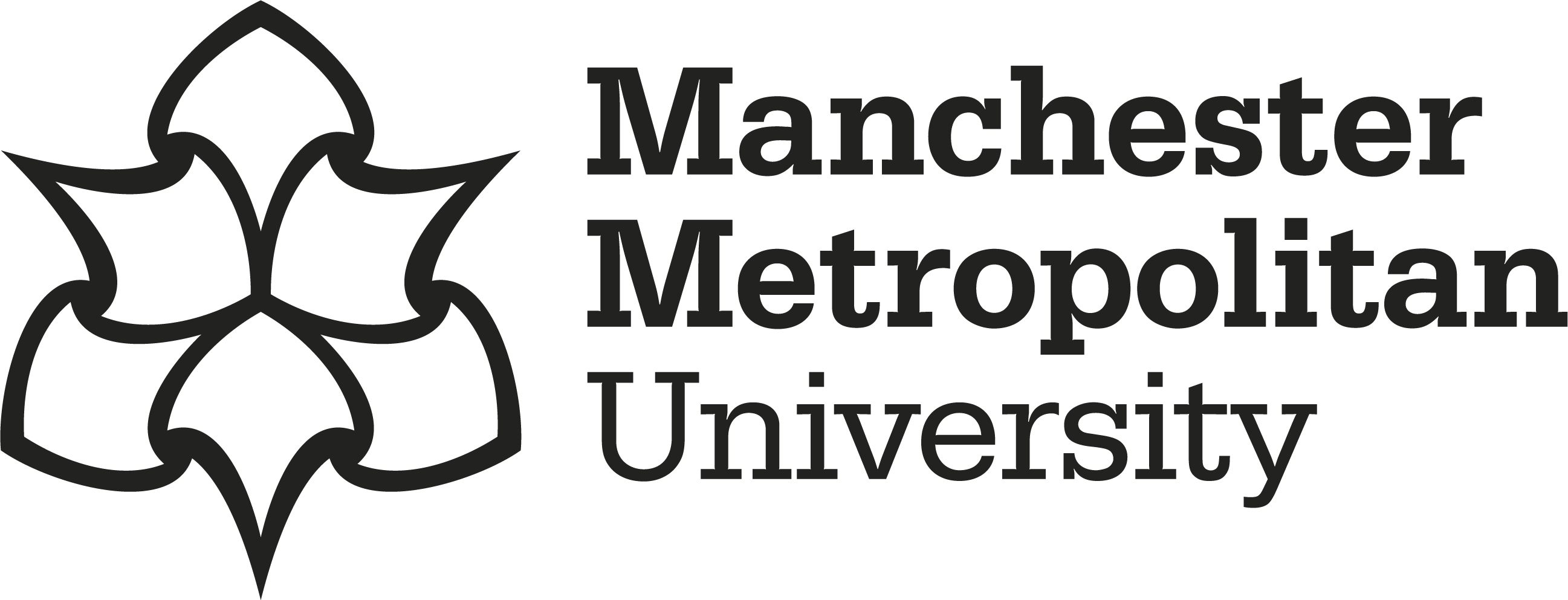Shamsuzzaman, Md 




|
Published Version
Available under License Creative Commons Attribution. Download (5MB) | Preview |
Abstract
This paper presents a systematic review of waste management within the circular economy (CE) principles, specifically focusing on the fashion and textiles industry. It examines the current state of waste generation, and management strategies in fashion and textiles, emphasizing the environmental impacts and underscoring the need for sustainable practices. The study explores the potential opportunities for waste reduction, resource conservation, and stakeholder value creation. An initial selection of 243 research papers was narrowed to 104 for in-depth analysis. Five primary research methodologies—case studies, surveys, reviews, reports, and book chapters—were identified, spanning seven key research areas within the fashion waste management. Findings indicated that around 70 % of studies concentrated on waste management strategies, including reuse and recycling and transition to a circular economy. The analysis also identifies major challenges, drivers and barriers to implementing fashion waste management policies, addressing the technical implications of waste management across various aspects, including design, manufacturing, supply chains, policy, economic factors, consumer behavior, and business models. Manufacturers are looking to implement CE strategies in fashion and textile waste management, demonstrating significant potential for innovation and benefits such as reduced environmental impact, cost savings, and enhanced brand reputation engaging stakeholders from different dimensions. The paper concludes by discussing the implications for theory, policy, practice, and future research directions. It argues that, although notable challenges persist, there are substantial opportunities to advance waste recycling within the fashion and textiles sector.
Impact and Reach
Statistics
Additional statistics for this dataset are available via IRStats2.


